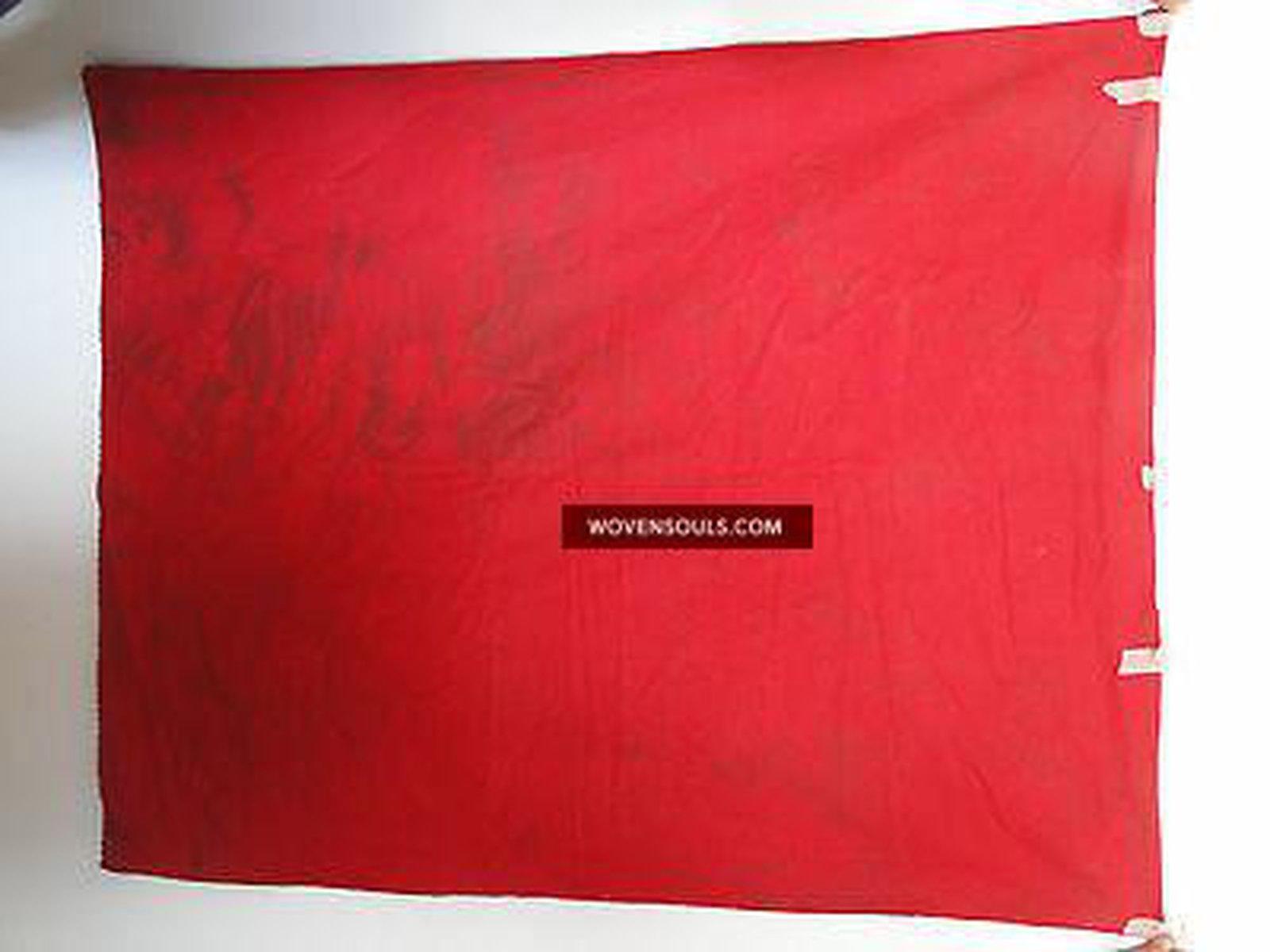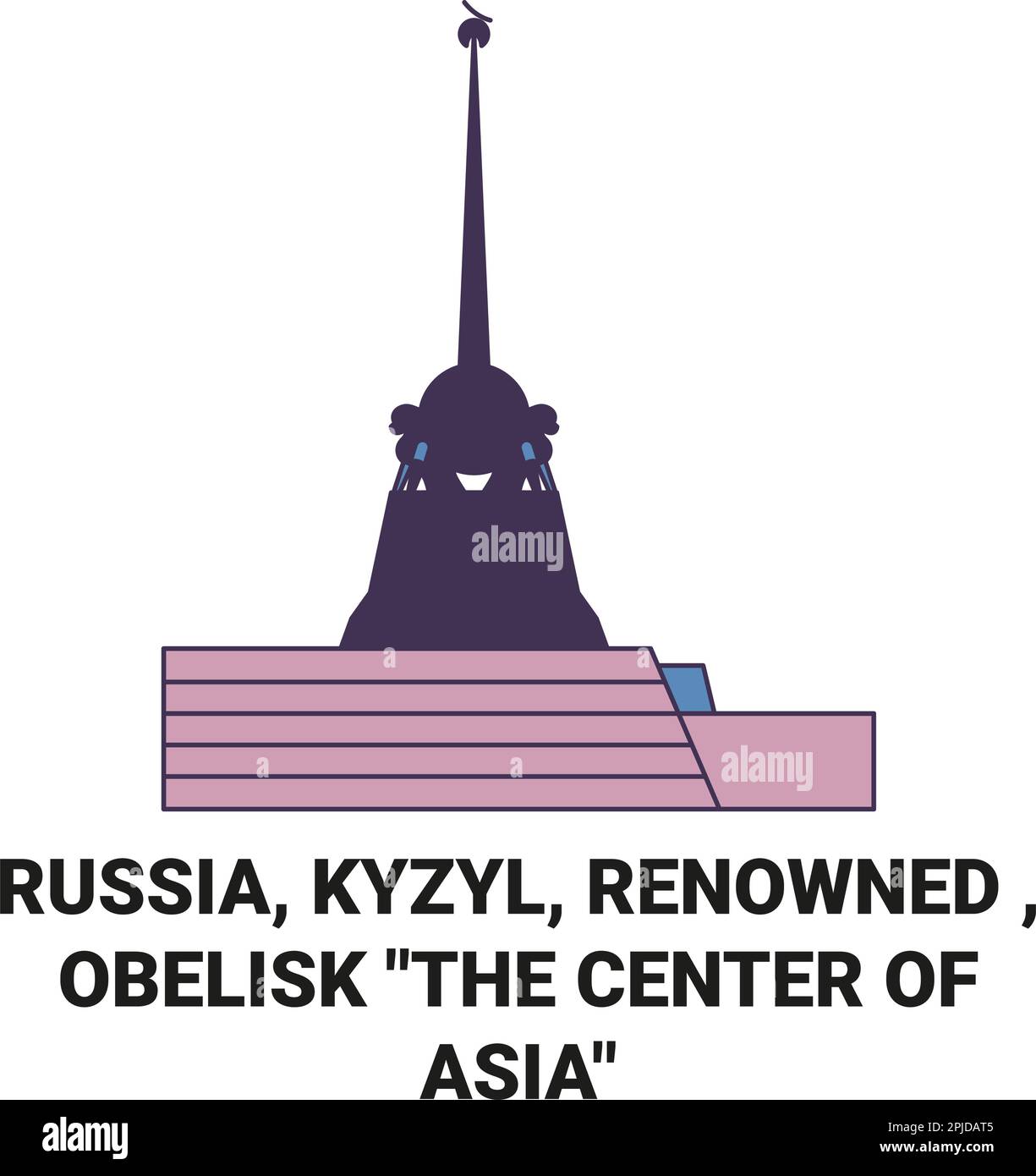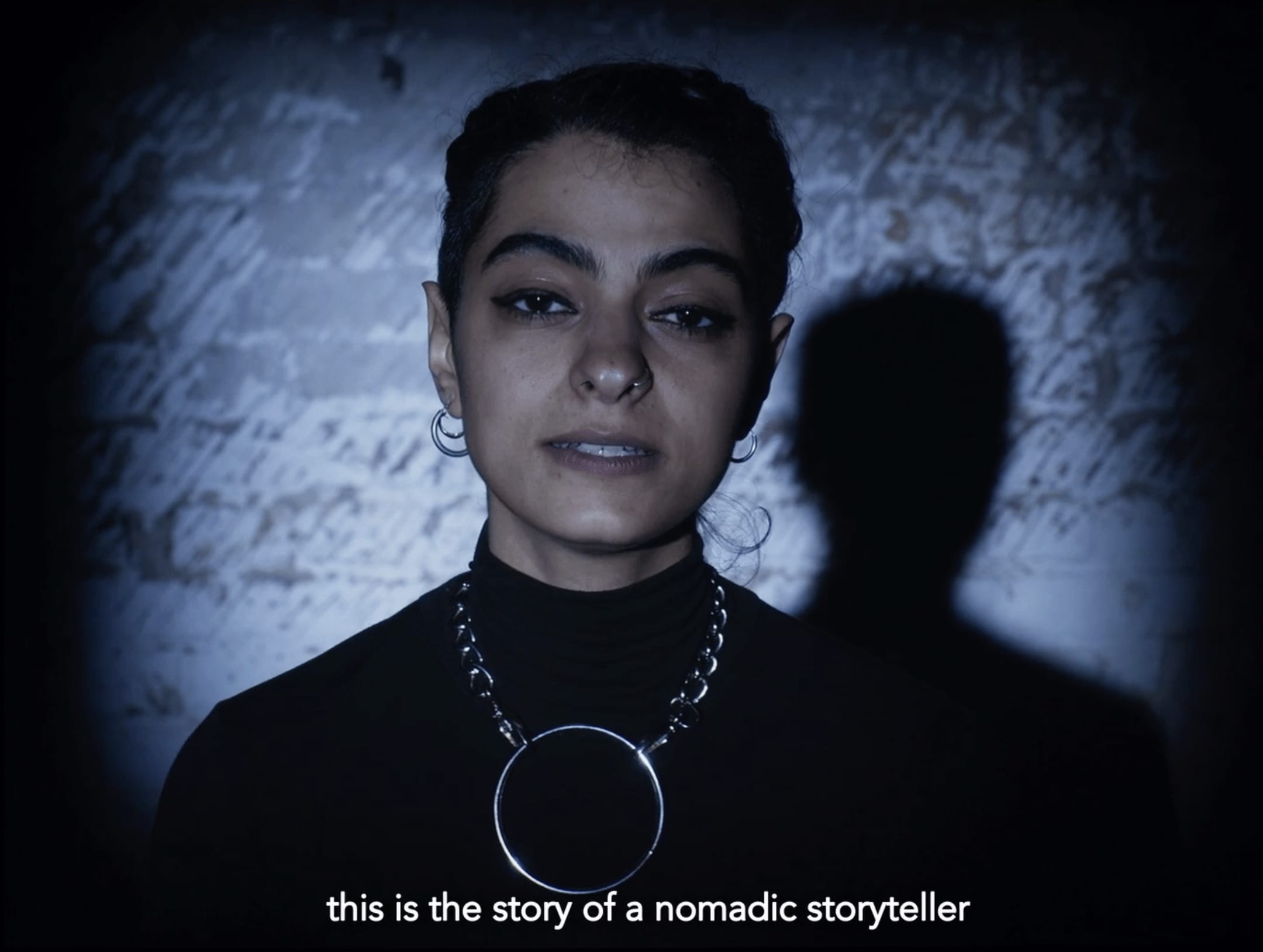Who is Mohsen Khalili? The answer lies in the statement of "Mohsen Khalili: Renowned Artist And Educator".
Editor's Notes: "Mohsen Khalili: Renowned Artist And Educator" have published today date
Mohsen Khalili is a world-renowned artist and educator. His work has been exhibited in major museums and galleries around the world, and he has taught at some of the most prestigious art schools in the United States. Khalili's work is known for its beauty, originality, and technical virtuosity. He is a master of both traditional and contemporary techniques, and his work often explores the relationship between art and science.
FAQ
Consistently pushing the boundaries of artistic expression and education, Mohsen Khalili's remarkable career has established him as a prominent figure in the art world. In this section, we delve into frequently asked questions about his artistic journey and educational philosophy, providing valuable insights for those seeking to understand his profound impact.

5148 SOLD - SRINATHJI PICHVAI PICHWAI PAINTING TRADITIONAL ART - Source wovensouls.com
Question 1: How would you describe your artistic style?
In essence, my artistic style is a fusion of traditional Persian miniature painting techniques with contemporary aesthetics, resulting in a unique visual language. I draw inspiration from ancient Persian art forms, incorporating intricate patterns, vibrant colors, and meticulous attention to detail, while simultaneously embracing modern elements to create a fresh and distinctive style.
Question 2: What is the overarching theme of your artwork?
My artwork revolves around exploring cultural identity, particularly the interplay between Iranian heritage and global contemporary art. Through my paintings, I seek to bridge cultural divides, fostering understanding and appreciation of diverse perspectives. By delving into personal experiences and collective narratives, I aim to evoke emotions and provoke thoughtful contemplation.
Question 3: How do you incorporate educational principles into your artistic practice?
I believe that art and education are inextricably linked. I strive to create artworks that not only serve as aesthetic objects but also as catalysts for learning and dialogue. By incorporating educational elements into my artistic process, I hope to engage viewers of all backgrounds, fostering critical thinking, cultural exchange, and a deeper appreciation for the transformative power of art.
Question 4: What is the significance of symbolism in your artwork?
In my work, symbolism plays a crucial role in conveying deeper meanings and evoking emotional responses. By employing symbolic imagery, I seek to establish a connection between the visible and the intangible, often drawing upon ancient Persian mythology, folklore, and philosophical concepts. These symbols invite viewers to explore the hidden layers of the artwork, encouraging personal interpretation and the discovery of deeper truths.
Question 5: How has your Persian heritage influenced your artistic journey?
My Persian heritage forms the bedrock of my artistic identity. Growing up surrounded by the rich cultural traditions of Iran, I was deeply influenced by the intricate miniature paintings, vibrant textiles, and ancient poetry that enveloped me. These elements have become integral to my artistic vocabulary, shaping my visual aesthetic, choice of subject matter, and my overall approach to storytelling.
Question 6: What is your vision for the future of art education?
The future of art education lies in embracing diversity, innovation, and accessibility. I envision an educational system that empowers students to explore their creativity, fosters critical thinking, and promotes global understanding. By integrating art into core curricula, encouraging interdisciplinary approaches, and leveraging technology to make art accessible to all, we can cultivate a future generation of informed and engaged citizens who actively participate in shaping the cultural landscape.
Mohsen Khalili's answers provide a glimpse into his artistic philosophy, creative process, and dedication to education. Through his groundbreaking work and innovative approach, he continues to inspire and challenge audiences worldwide, leaving an indelible mark on the art world.
Continue to the next section to delve deeper into Mohsen Khalili's artistic techniques and explore his influential exhibitions.
Tips by Mohsen Khalili: Renowned Artist And Educator
This article presents a selection of tips from renowned artist and educator Mohsen Khalili, offering valuable insights and guidance for artists and enthusiasts alike.
Tip 1: Cultivate Observation Skills
Develop a keen eye for details, observe your surroundings, and study the world around you. This enhances your ability to capture the essence of your subjects and create visually impactful compositions.
Tip 2: Experiment with Different Mediums
Explore diverse artistic mediums, such as painting, sculpture, drawing, or digital art. Experimentation broadens your artistic horizons and allows you to discover new techniques and expressions.
Tip 3: Seek Feedback and Constructive Criticism
Share your work with others and actively seek feedback. Constructive criticism provides valuable insights into your strengths and areas for improvement, fostering growth and self-improvement.
Tip 4: Value the Process, Not Just the Outcome
Focus on the journey of creating art rather than solely on the final product. Enjoy the process of experimentation, exploration, and learning. This approach cultivates artistic resilience and leads to more fulfilling creative experiences.
Tip 5: Maintain a Sketchbook Habit
Keep a sketchbook as a constant companion. Use it for capturing ideas, experimenting with techniques, and recording observations. Sketching regularly sharpens your visual skills and sparks creativity.
Tip 6: Study Art History and Theory
Immerse yourself in the history and theory of art. This knowledge provides context, inspiration, and a deeper understanding of the artistic landscape.
Tip 7: Cultivate Patience and Persistence
Developing artistic skills requires consistent effort and dedication. Practice regularly, stay patient with your progress, and persevere through challenges. Patience and persistence are essential for unlocking artistic potential.
Tip 8: Find Inspiration Everywhere
Inspiration can strike from unexpected sources. Be open to finding it in everyday experiences, nature, literature, or even unexpected interactions. Embrace diverse experiences to fuel your artistic imagination.
These tips from renowned artist Mohsen Khalili offer guidance for artists of all levels. By embracing these principles, you can enhance your skills, foster creativity, and cultivate a fulfilling artistic practice.
Mohsen Khalili: Renowned Artist And Educator
Mohsen Khalili's artistic and pedagogical contributions have left an enduring mark on the world of art. Here are six key aspects that encapsulate his significance:
- Innovative Vision: His pioneering approach to sculpture and painting pushed the boundaries of contemporary art.
- Technical Mastery: Khalili's exceptional skills as a craftsman are evident in his intricate and refined works.
- Cross-Cultural Exchange: He bridged cultural divides, fostering dialogue and understanding through his art.
- Inspiring Educator: As a revered professor, Khalili mentored generations of artists, shaping their creative journeys.
- Artistic Legacy: His creations continue to inspire and challenge audiences worldwide, leaving a lasting impact on art history.
- Global Recognition: Khalili's achievements have garnered international acclaim, solidifying his status as a renowned artist and educator.
These aspects intertwine, showcasing Khalili's multifaceted talent. His innovative vision and technical mastery allowed him to create groundbreaking art. Through cross-cultural exchange, he promoted understanding and connected diverse perspectives. As an inspiring educator, he nurtured emerging talent and fostered artistic growth. Khalili's artistic legacy and global recognition are testaments to the profound impact he has made on the world of art and education.

Russia, Kyzyl, Renowned , Obelisk The Center Of Asia travel landmark - Source www.alamy.com
Mohsen Khalili: Renowned Artist And Educator
Mohsen Khalili, a prominent figure in the art world, has dedicated his life to both artistic creation and education. Born in Iran in 1946, Khalili's artistic journey began at an early age, influenced by the rich cultural heritage of his homeland. His passion for art led him to pursue formal studies at the Tehran University of Art, where he honed his skills in traditional Persian miniature painting and calligraphy.

Bouchra Khalili summons the ghosts of decolonization | Art Basel - Source www.artbasel.com
Khalili's meticulous technique and profound understanding of traditional art forms have earned him international recognition. His intricate miniature paintings, often depicting scenes from Persian literature and mythology, showcase his mastery of detail and his ability to capture the essence of cultural narratives. His works have been exhibited in prestigious galleries and museums worldwide, earning him accolades for his exceptional artistry.
In addition to his artistic pursuits, Khalili is an accomplished educator, having taught at various institutions in Iran and abroad. His passion for sharing his knowledge and skills with aspiring artists is evident in his dedicated efforts to nurture and inspire the next generation of creatives. Through workshops, lectures, and mentoring programs, Khalili has made significant contributions to the advancement of art education, fostering a vibrant artistic community.
The connection between Mohsen Khalili's artistic practice and his role as an educator is deeply intertwined. His experiences as an artist have profoundly shaped his approach to teaching, allowing him to impart valuable insights and techniques to his students. By sharing his knowledge and passion, Khalili not only perpetuates traditional art forms but also nurtures the development of new artistic perspectives and expressions.
Mohsen Khalili's legacy lies not only in his artistic achievements but also in his dedication to fostering artistic growth and education. As both an artist and an educator, he has played an instrumental role in preserving and promoting cultural heritage while inspiring countless individuals to pursue their artistic aspirations.
| Area of Impact | Contributions |
|---|---|
| Artistic Achievements |
|
| Educational Contributions |
|
| Interconnection |
|
Conclusion
Mohsen Khalili's dual role as an artist and an educator has left an indelible mark on the art world. His artistic achievements have contributed to the preservation and appreciation of traditional Persian art forms, while his dedication to education has nurtured countless aspiring artists.
Khalili's legacy extends beyond individual accomplishments, as his influence continues to shape the future of art. His commitment to fostering artistic growth and education has laid the foundation for a vibrant and diverse artistic community, ensuring that the passion for art will endure for generations to come.
